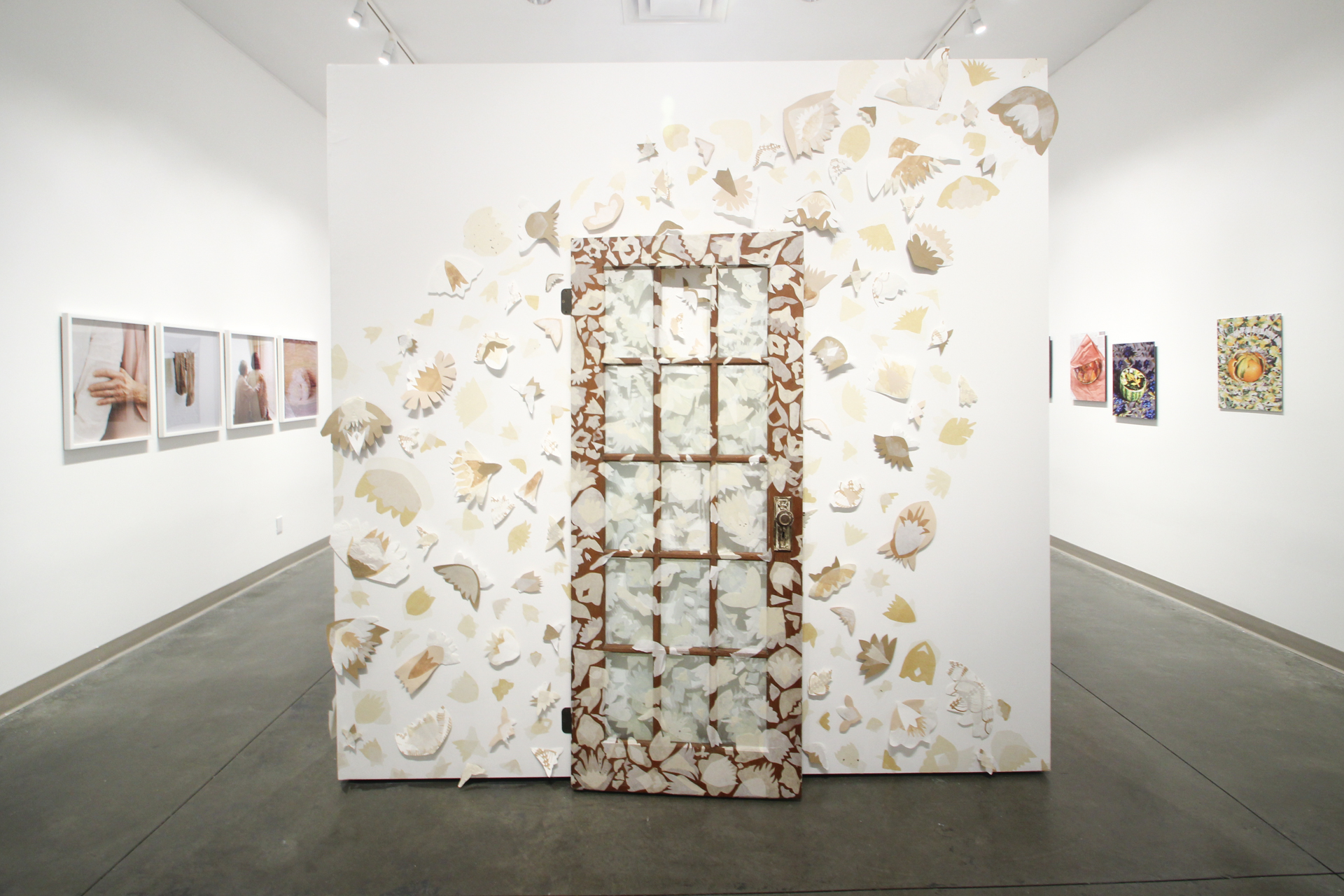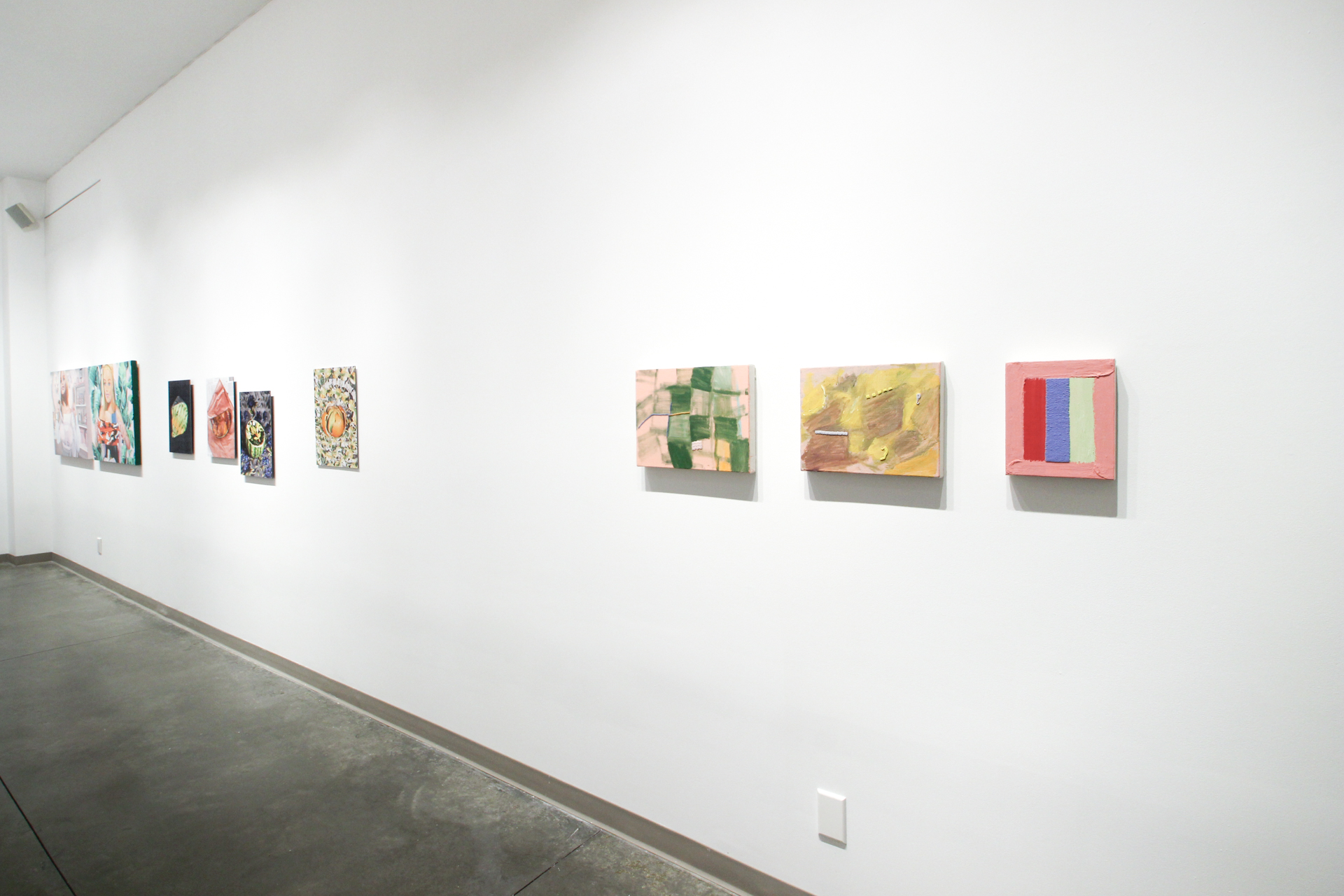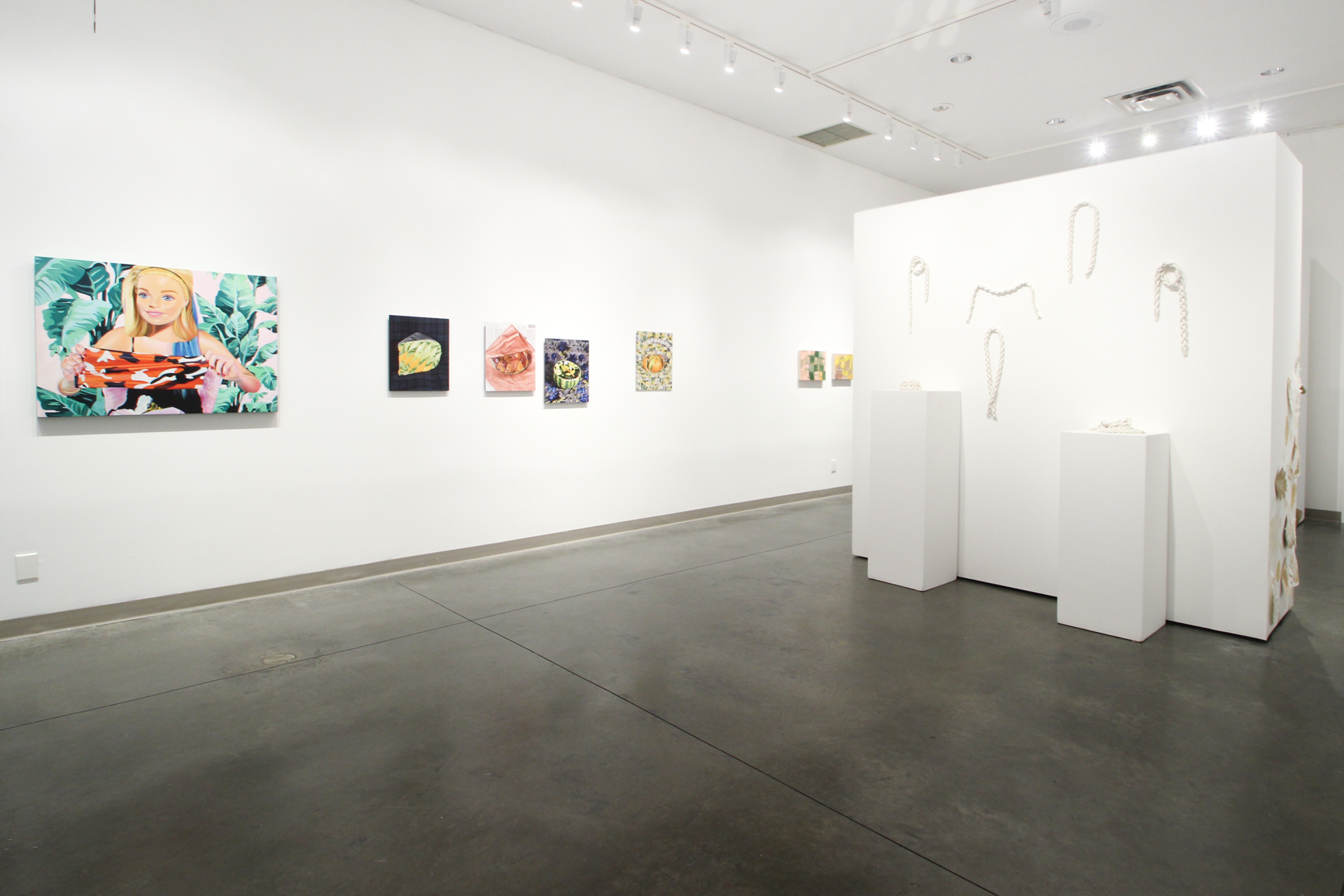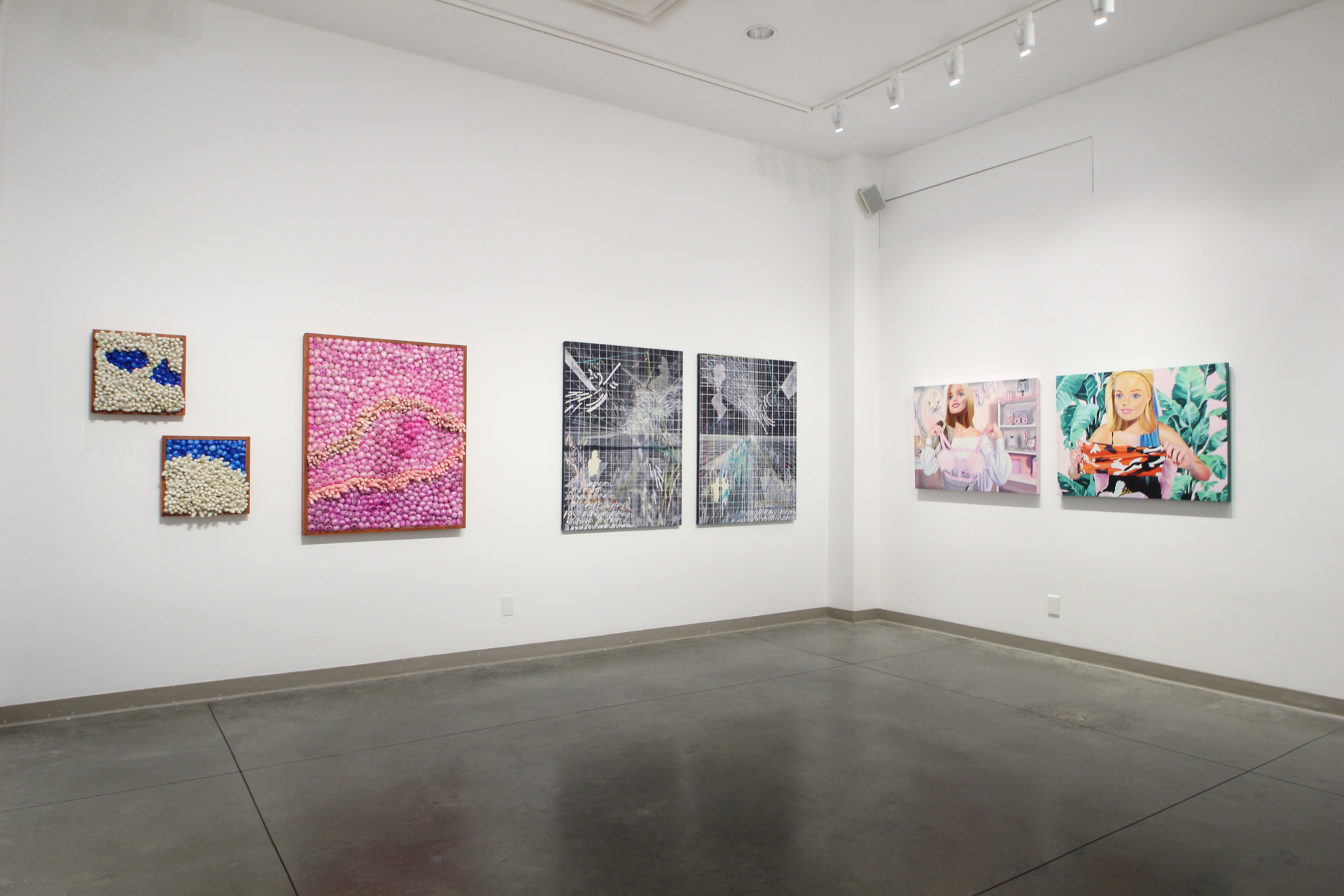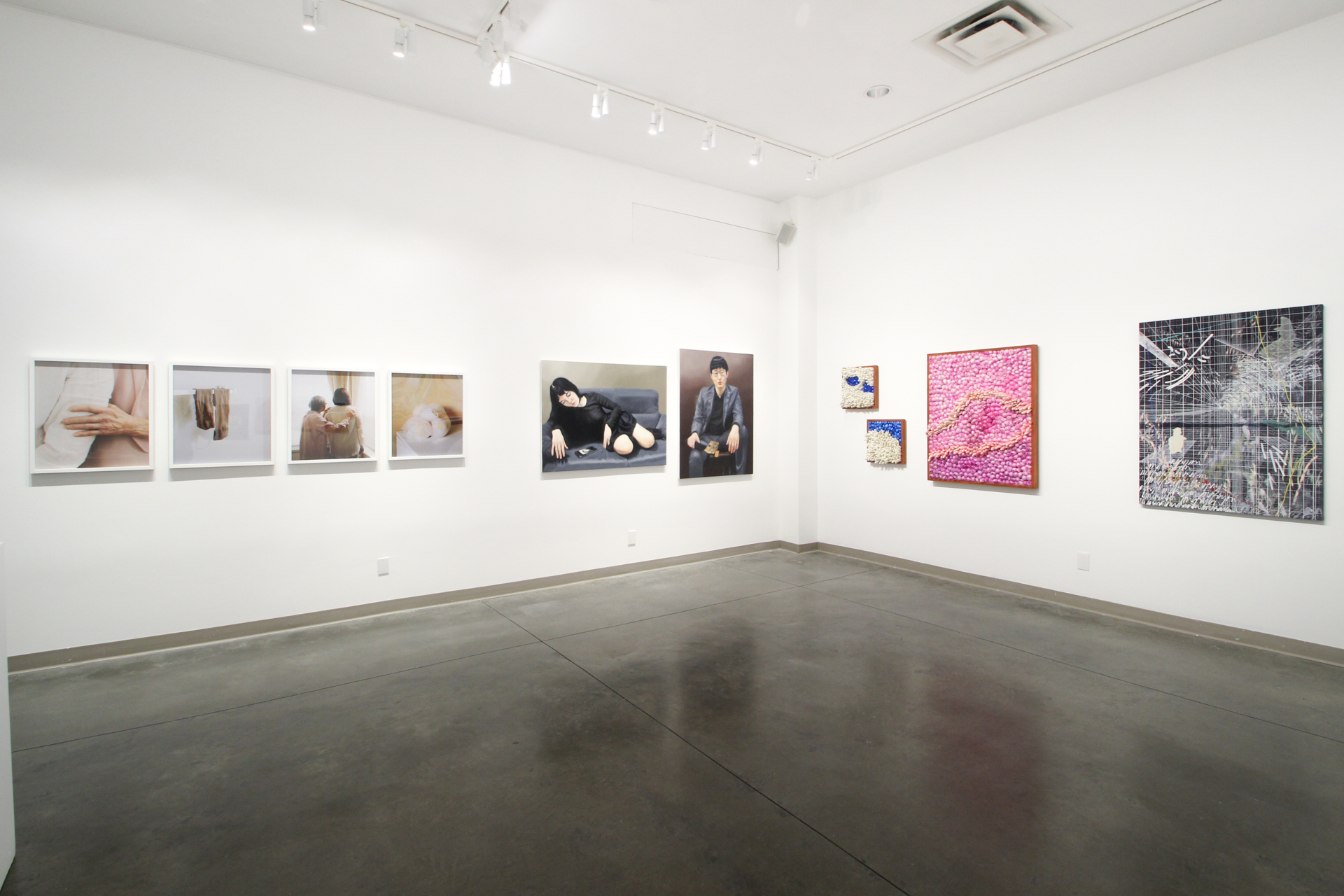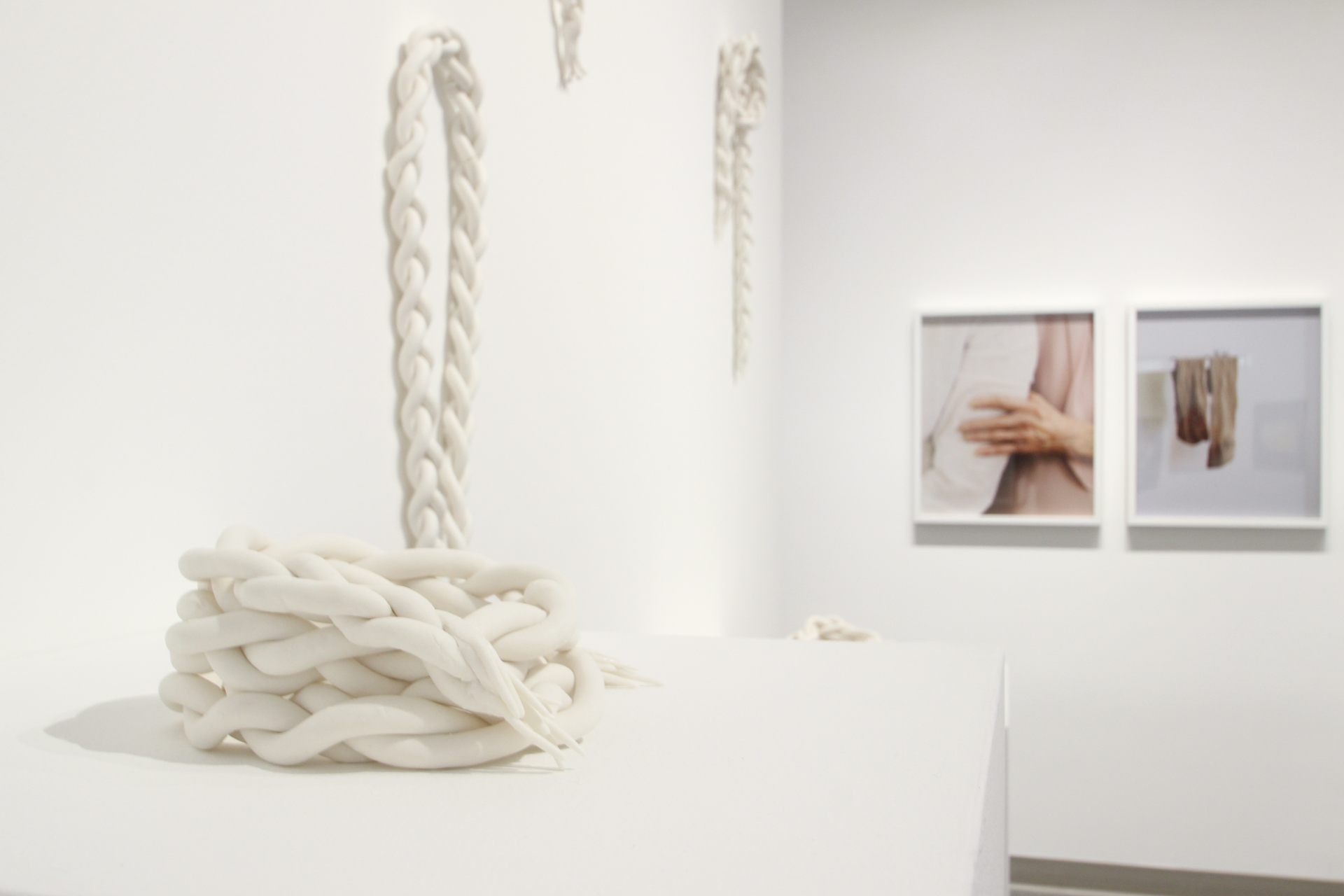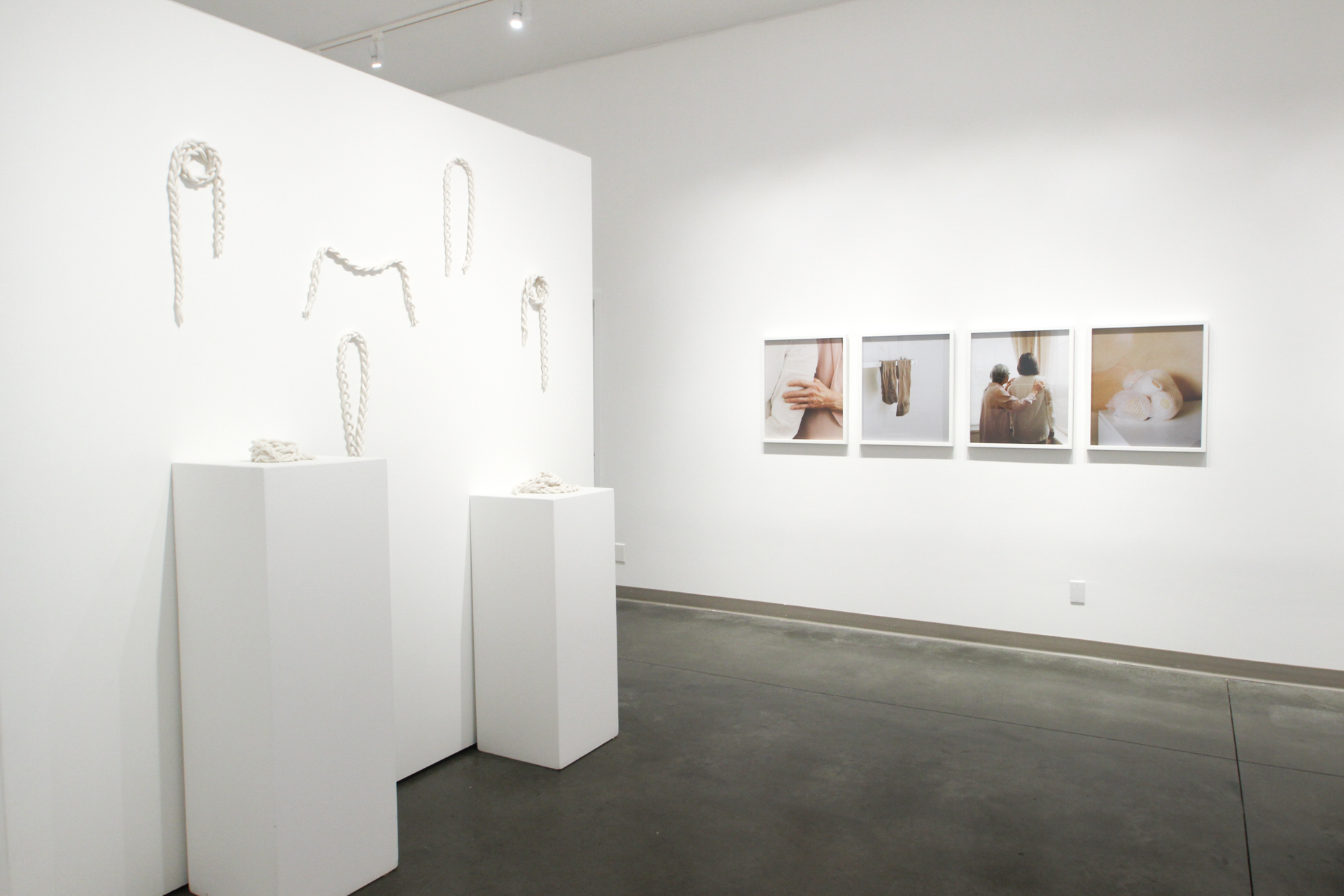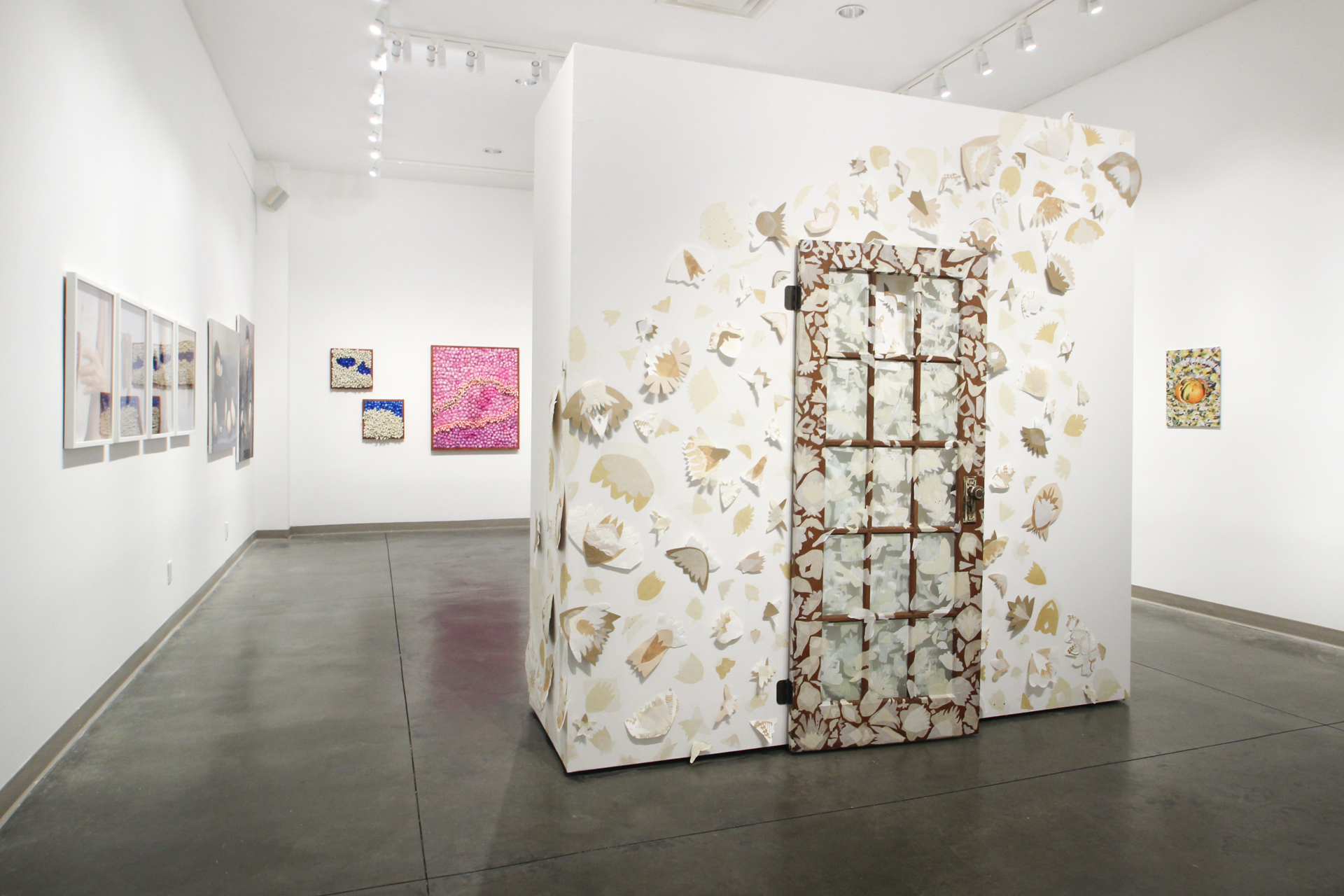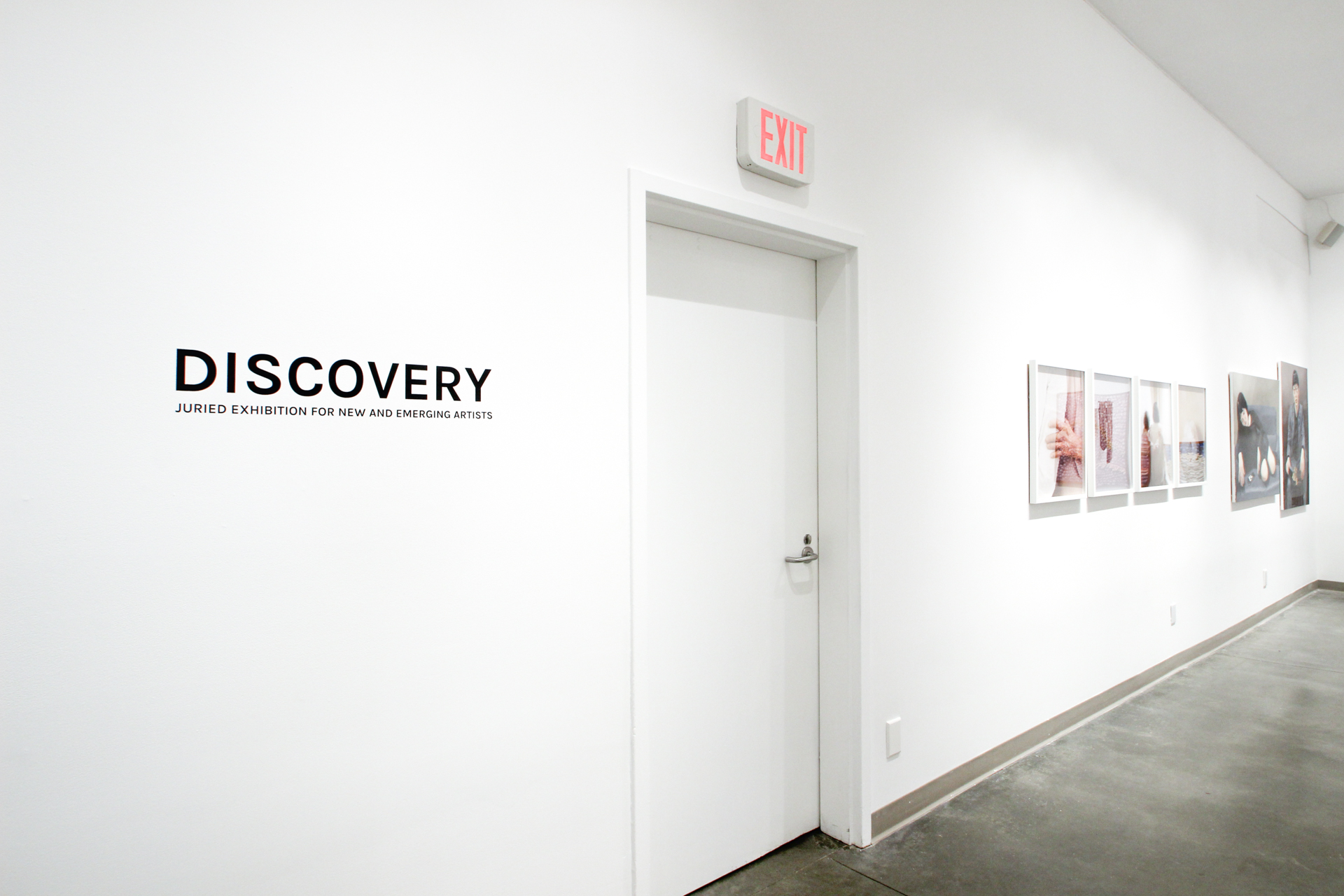Discovery
Juried Exhibition for New and Emerging Artists
January 16 – February 27, 2021
Juried by photographer Taehoon Kim, performance curator Joyce Rosario, and Seymour Art Gallery’s curator/director Vanessa Black, Discovery is an exhibition that provides exposure to emerging artists. This fresh and eclectic show presents a collection of work by each of the nine exhibiting artists who explore themes of diaspora, nostalgia, language, immigration, queer identity, social media, and gender politics through a variety of media.
Artists: Angelica Brzyska, Zoe Cire, Samantha Harrison, Karl Hipol, ramchild, Lyndsay McKay, Alex Sandvoss, Svava Tergesen, and Gloria Wong
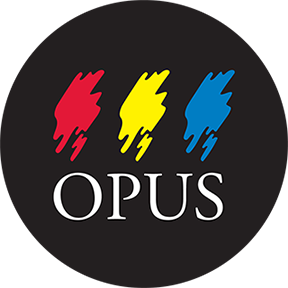
Special thanks to Opus Art Supplies North Vancouver for their support of this exhibition
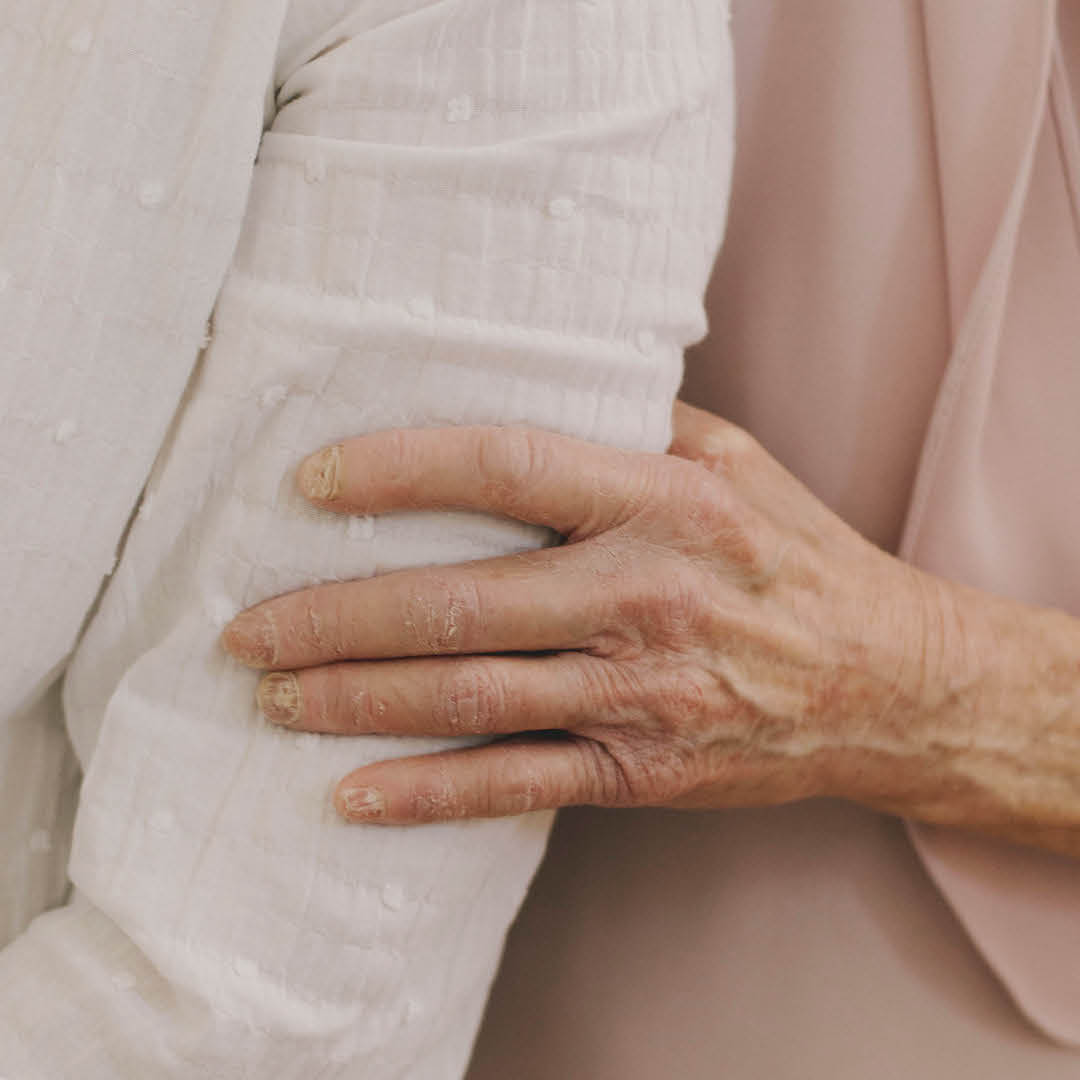
Gloria Wong’s photographic series “sik teng mm sik gong (pardon my Chinese)” investigates Asian-Canadian diasporic identity and the ways it manifests through familial relationships, domestic spaces, and objects. The title of the work refers to a common Cantonese phrase in the Hong Kong Canadian diaspora about first-generation immigrants who can understand parts of the language but do not know how to speak it. Much of Wong’s practice has been informed by her experience of being brought up in an Asian-Canadian context; she says that although this liminality creates a fragmented sense of identity, it also allows for possibilities to emerge that are not as heavily burdened by specific histories and traditions.
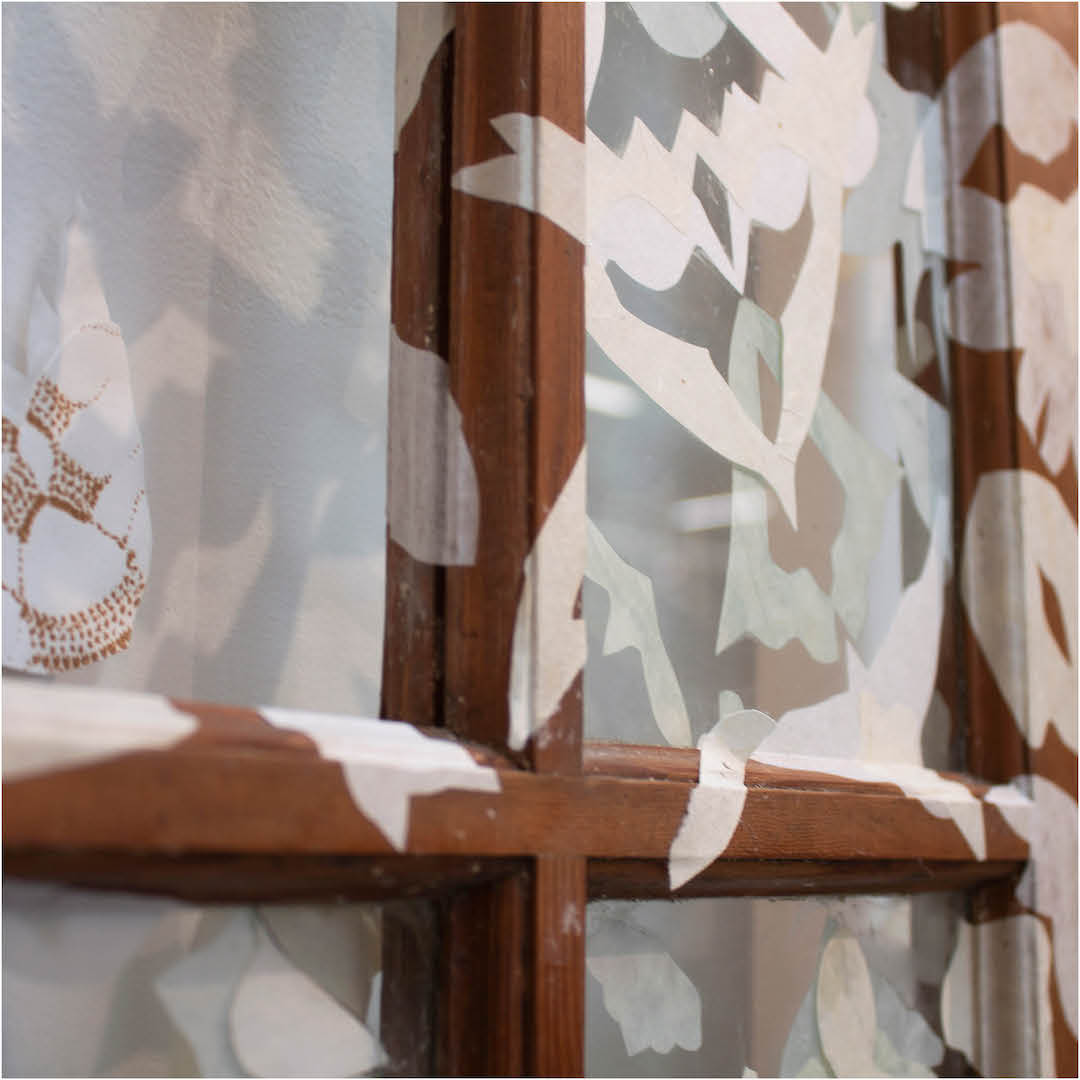
Angelica Brzyska’s practice draws from her Polish Canadian identity, which she investigates though the material exploration of paper through printmaking, the Polish folk art called wycinanki, sculpture, and installation. Nostalgia haunts the work, Brzyska says, which references her early childhood, a time when she felt the strongest connection to her Polish heritage and before she began to assimilate into Canadian culture. Her work aims to create an imagined memory of the past – a time and place that exists in the in-between spaces of past and present, home and public, Canada and Poland. A gray area where time and place collapse to become unstable and intangible.
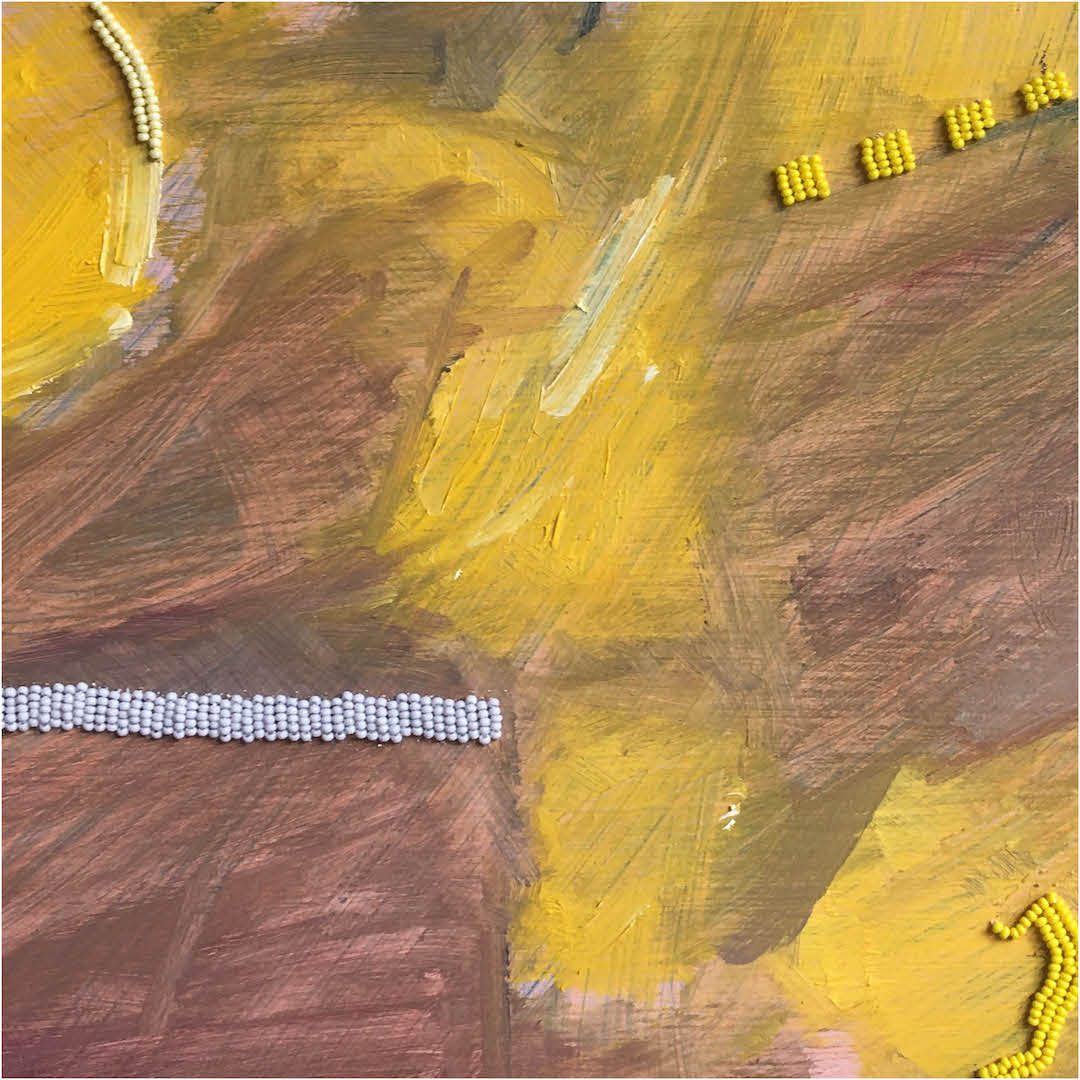
Zoe Cire was born and raised on Treaty 6 territory of Central Alberta, and is currently working and residing as a guest on unceded Musqueam, Squamish and Tsleil-Waututh territories. She found language in many ways: the gestures of her Kookum’s hands, the astum to the dinner table where Cree and French sentences gathered, the assemblage of a beadwork, and the hum of a harmonica. Just as Cire’s Métis Cree heritage, she employs beadwork and painting in tandem where formerly disparate mediums create organic relationships. Beads and paint possess their own vocabulary and mannerisms where when met, are unconventional – offering two different histories and constructing a hybrid of language. Cire works to impose on conventionality and reshape the surface by inserting Indigenous practices throughout her compositions.
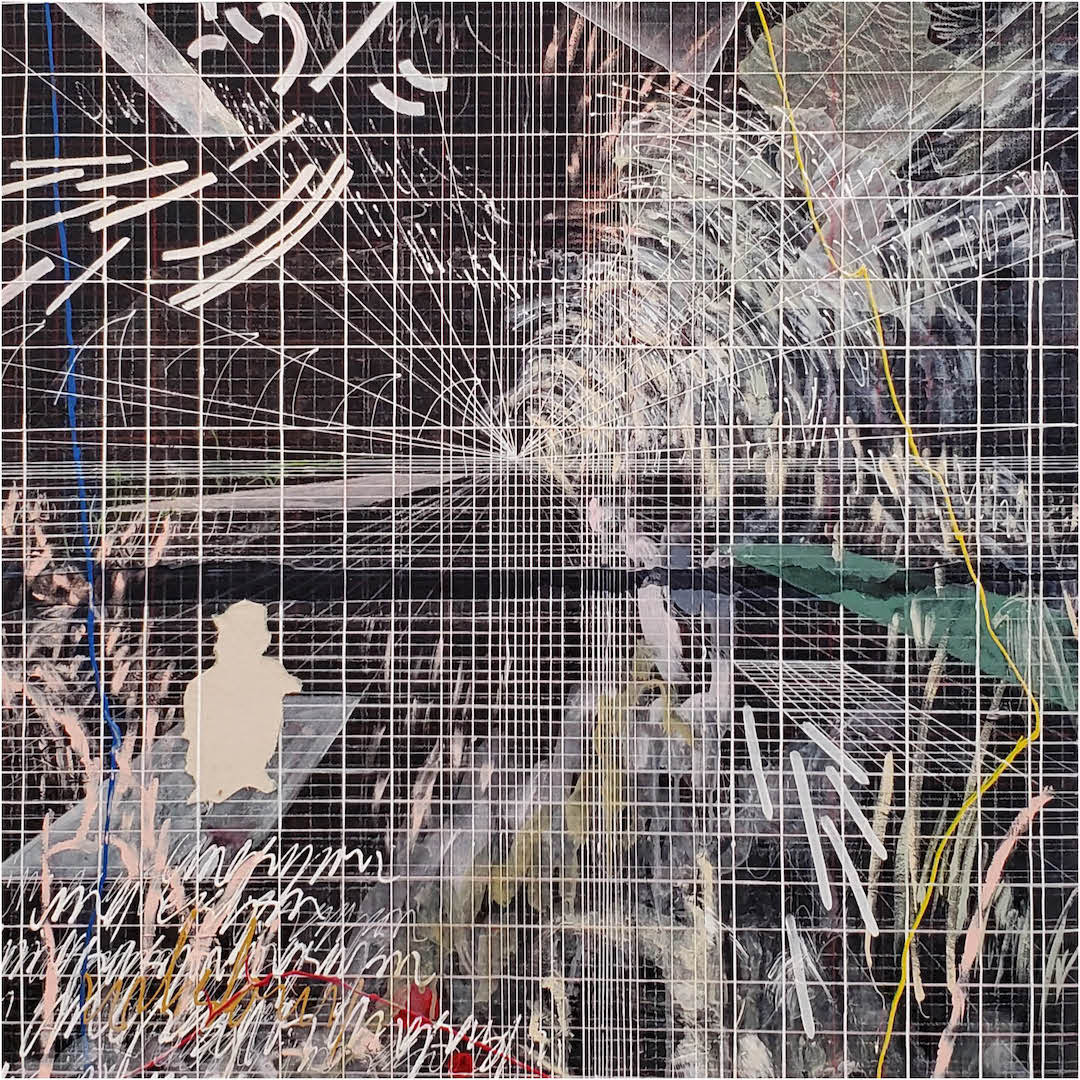
Karl Hipol’s abstract paintings reflect his lived experiences as a Filipino immigrant and student-artist living in Canada, and explore themes of history, process, and immigration. Hipol’s mixed media paintings have layers of personal metaphors and symbolism. The first layer is the support and Hipol uses denim to represent Canada, in a nod to the “Canadian Tuxedo.” The second layer is the collaging of pieces of acrylic ‘skins,’ which represent emigrating from one place to another. The third layer is made up of marks on the canvas, representing the contributions and impacts Hipol makes in this community. His paintings serve both as a memoir and a blueprint that trace who he is, where he came from, and his continuing journey.
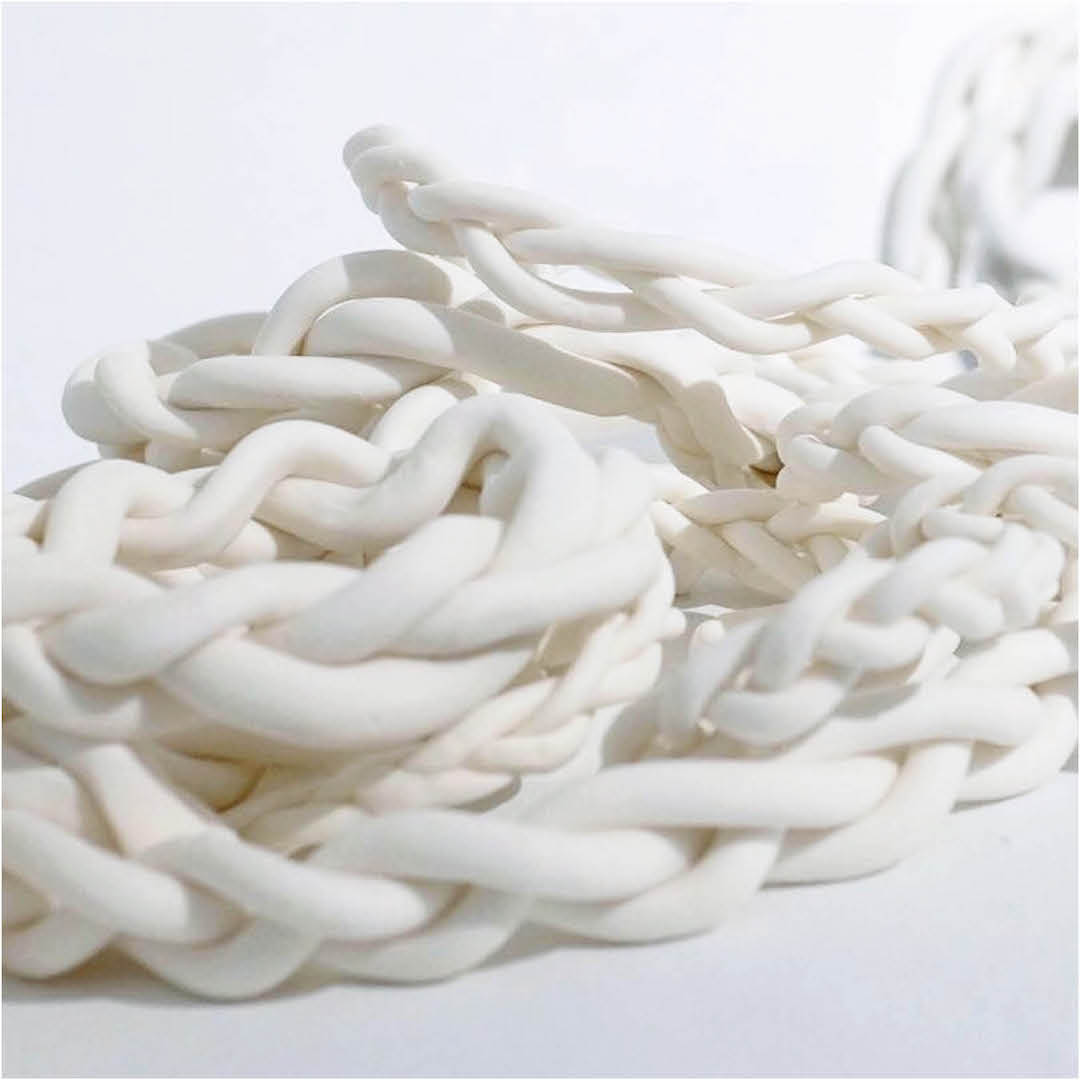
ramchild identifies the first time they chopped off their hair as one of their most potently queered experiences. While the installation Shorn is a metaphor, ramchild relates to it more as a contemplation of their initial reckoning with gender and performance. The hung braids are symbols, journal entries, and specimens – they can be referenced, studied, used as ornaments, or hung as a memento or lesson. They are poetic, but also stark, biological, and dead. They will never be anything other than what they currently are, or were, and in this they allow space to change, grow, evolve, and thrive.
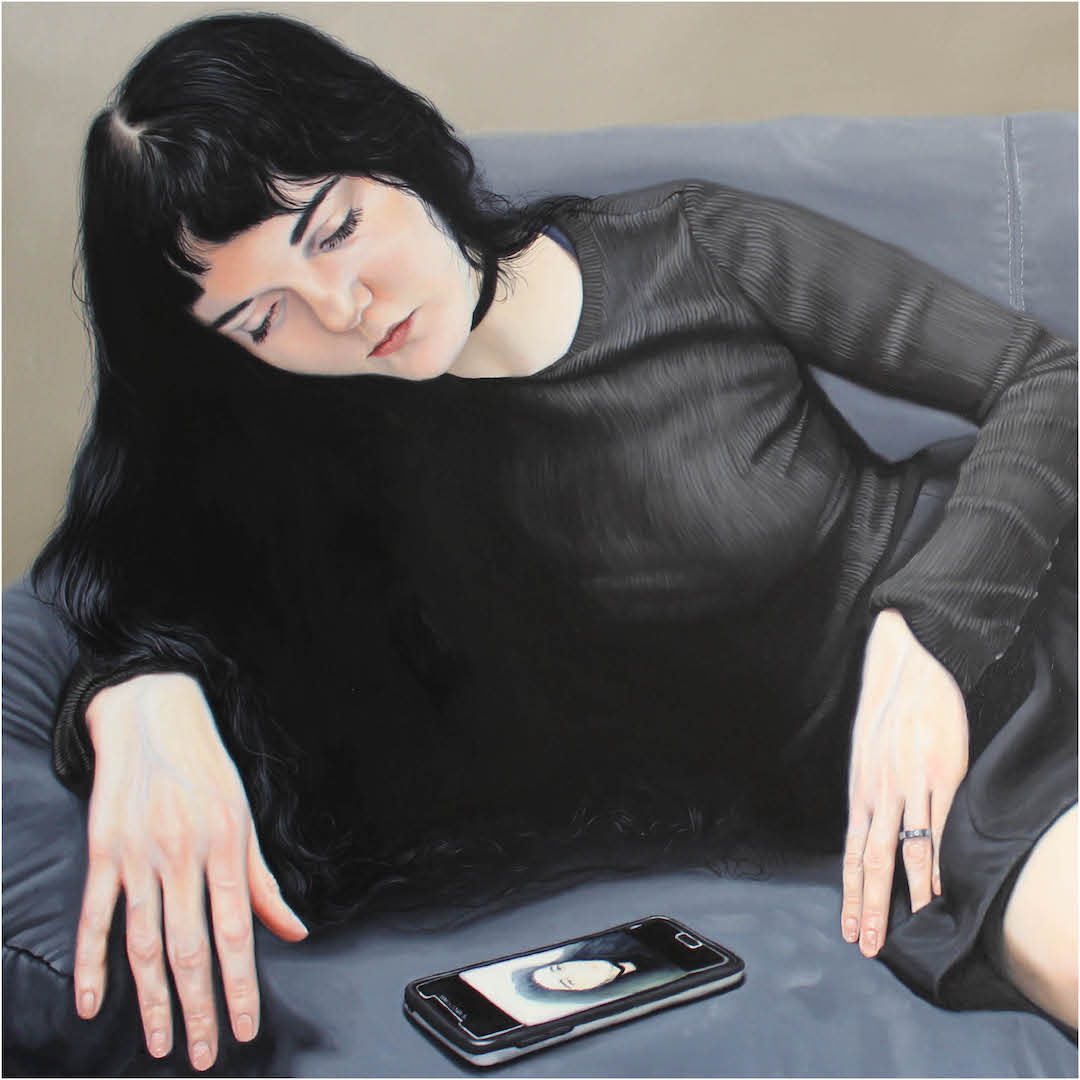
Samantha Harrison’s ongoing series ‘Recreations of Myth and Spirit’, painted in a classical realist or photorealist style, seeks to loosely recreate figures of mythological and religious origin as modern people. In creating each painting, Harrison’s objective is to match each model to different figures based on a moment of perceived similarity, while also deliberately mismatching the models in other aspects of their visual characteristics. This attempt is made to draw focus to the idea that mythological and spiritual figures are deeply connected to and inspired by various aspects of the human condition, even the mundane. With this the viewer is hopefully encouraged to identify with these figures, and by extension, engage with the stories surrounding them without feelings of exclusion.
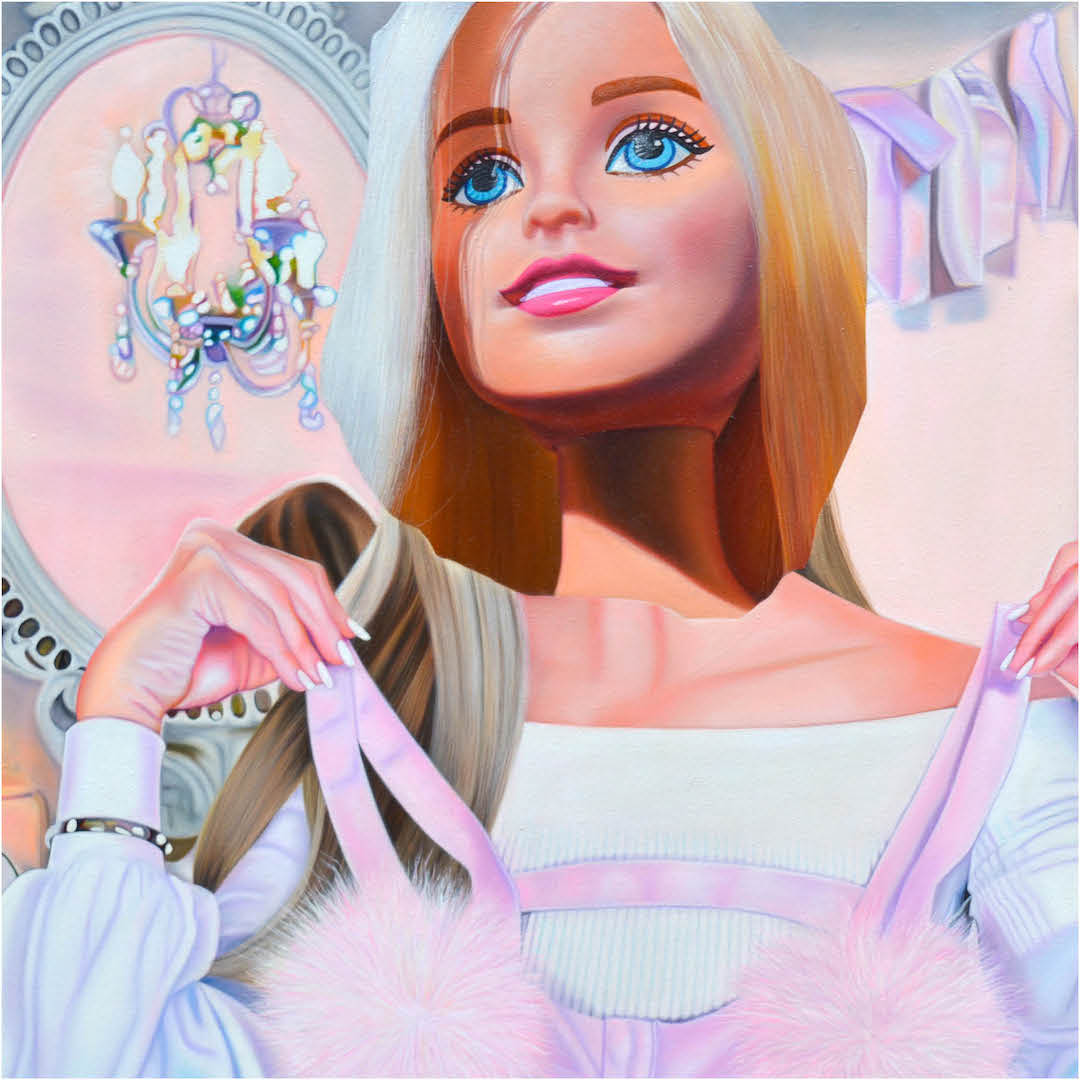
Alex Sandvoss’ paintings are a social commentary on climate change, the clothing industry, the role of social media influencers in the modern world, and the complicity of audiences and consumers. Using screenshots of real social media influencers unpacking their recent clothing purchases on Youtube, Sandvoss anonymized these individuals with the face of the capitalistic heroine Barbie. Through this satirical series, Sandvoss hopes the viewer reflects on who we lionize when we give our time and energy to people like social media influencers and then consume disproportionately because of their influence.
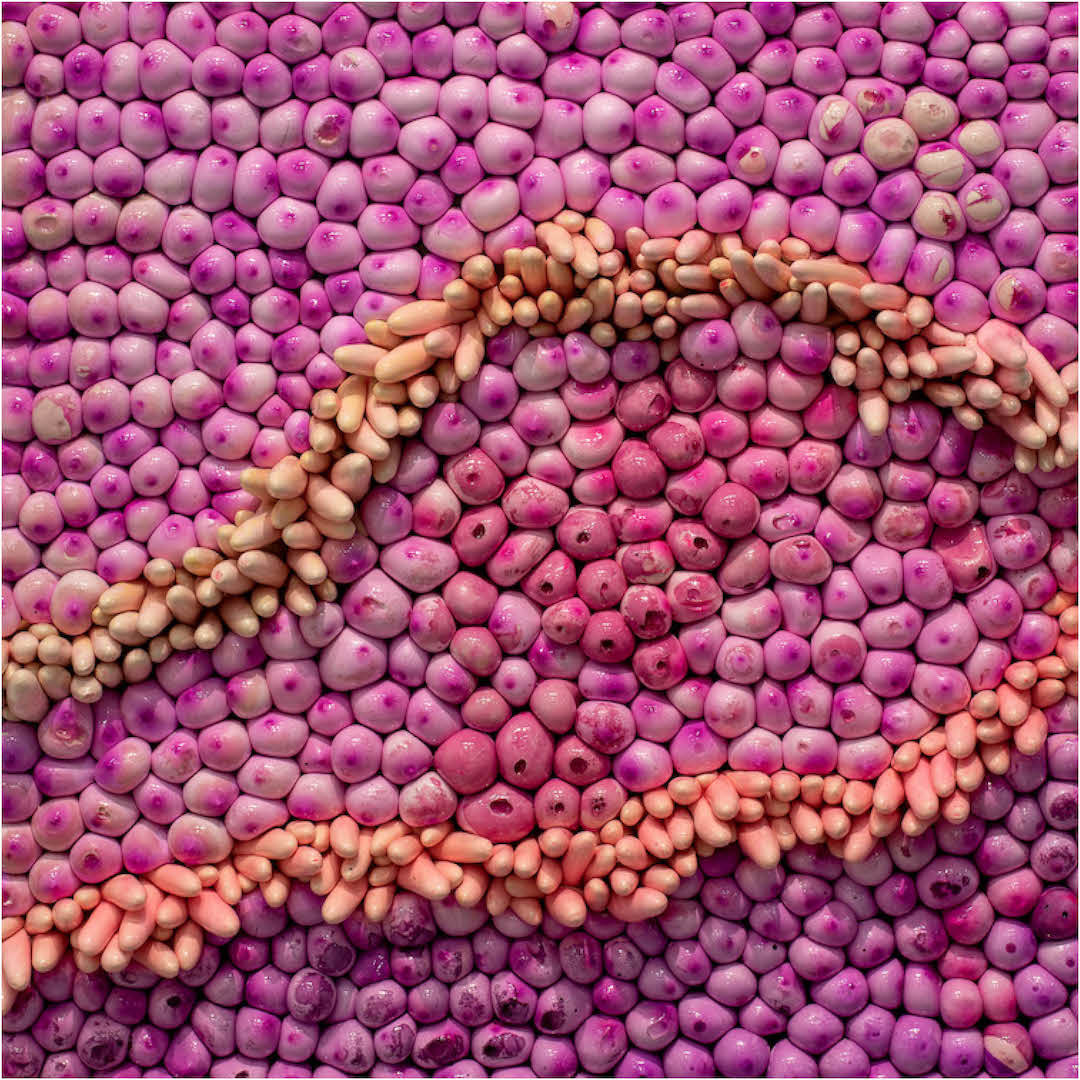
Lyndsay McKay is a recent graduate of Emily Carr University of Art and Design, and with a background in Nursing Science, she explores subject-matter surrounding the human body, memory, self-identity, and feminist theory. Her recent work transforms materials into a gestalt of cellular viscerality – a series of biomorphic landscapes evocative of pathogenic growths, plant organisms and marine life. The series further explores concepts surrounding the post-human realm; a biologization of the machine, illuminating how the intersection of biology and architecture can be reimagined as it crosses barriers on cellular and subcellular levels, while mapping the constantly evolving dependencies that exist between objects, bodies, and environments.
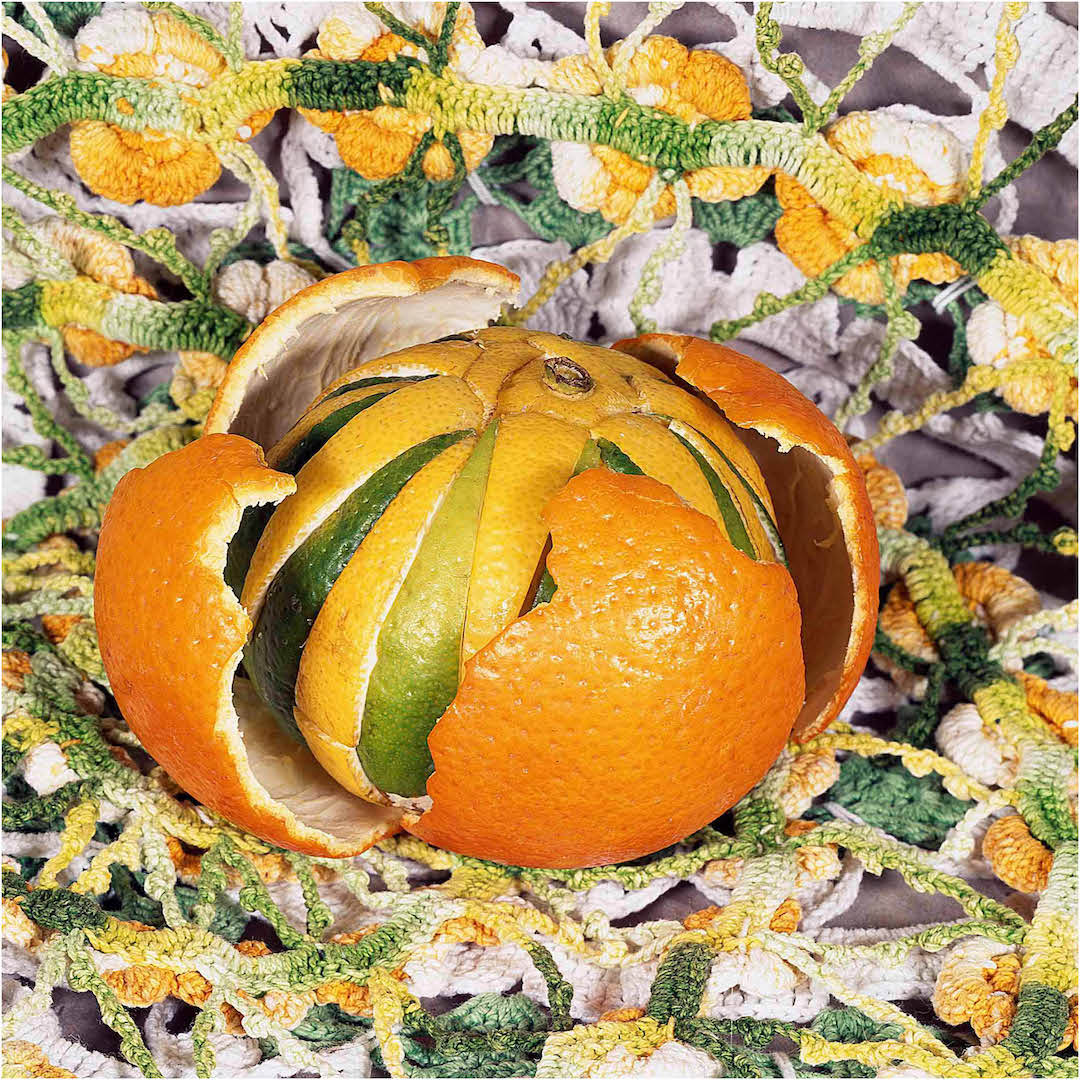
Svava Tergesen is an interdisciplinary artist based on the unceded territories of the Squamish, Musqueam and Tsleil-Waututh Nations (Vancouver, BC). Tergesen ‘s work investigates how everyday objects produce meaning, and how photography can be used to stage a novel encounter with the familiar. Combining elements of sculpture, collage and cooking, their work reimagines experiences of domesticity, gender and health. In their series Crudités, Tergesen attempts to locate the point at which one thing becomes another entirely, interrogating the ways in which identity and truth are constructed. By bringing objects into unlikely proximity and playing with the space between three-dimensional sculptures and the flat photographic surface, the series considers how the camera takes an active role in sparking sensations of dis-ease and disorientation.

